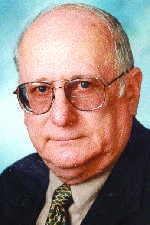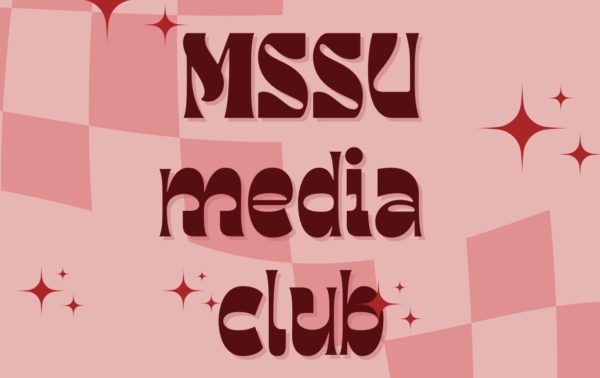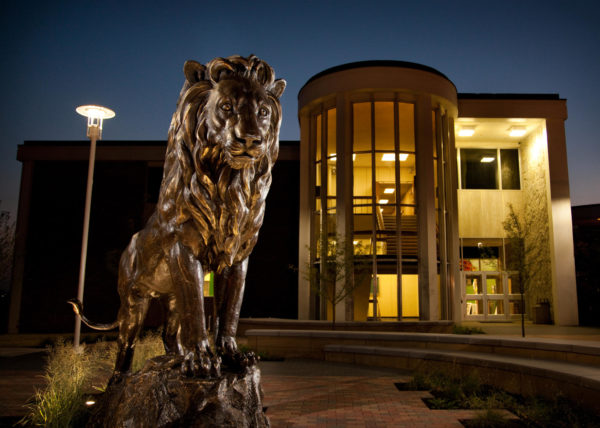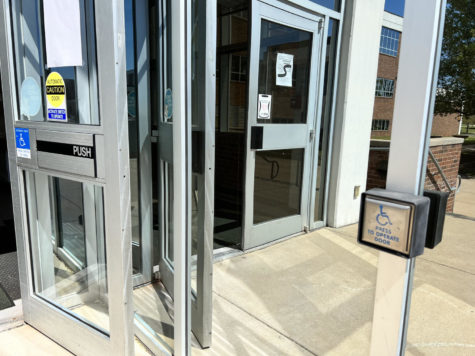In changing world, Chart never wavers

Photo of Dr. Richard Massa, former Chart advisor and communication department head.
Over the past 40 years, I have watched this particular institution go from being Missouri Southern College to Missouri Southern State College and finally Missouri Southern State University.
For some 27 years I watched that development up close as a member of the faculty.
From my on-campus presence, as well as my off-campus presence, I have seen some great years and some bad years, experienced elation and joy as well as sadness and despair.
But these feelings are not unusual. Similar feelings are felt by college personnel all across the nation and around the world.
Economics have played a major role as funding has changed from primarily government support to student support in state-sponsored institutions.
Technology has taken hold of students, and institutions have hurriedly tried to keep up and meet the demands of an ever-changing system of teaching and learning.
Some long-held beliefs regarding curriculum have changed, and liberal arts has taken on a different meaning for a great many individuals.
I have not seen the so-called mainstream media report extensively on the problems colleges and universities are having.
Increasing costs, increasing enrollment, and declining financial support are not popular story topics for most media, it appears.
But one medium has tried to chronicle these concerns and others: the university newspaper.
For the past 40 years particularly, The Chart has tackled these issues. Sometimes it has been successful; sometimes it has been unsuccessful. Sometimes it seems to have lost its way; other times it seems to have found new paths to explore.
And always it has had its supporters and its detractors. It has been criticized, even vilified by some and exalted by others. It has been a pain to administrators and a joy to faculty; and the reverse has also been true.
The Chart has at times followed an old newspaper rule: to comfort the afflicted and to afflict the comfortable.
Past editors and staff members of The Chart have in many cases gone on to remarkable careers as editors of major newspapers, as foreign correspondents, as wire service executives, as successful business persons or consultants, as syndicated columnists, as novelists and short story writers, as magazine editors and feature writers, and in so many other journalism-related jobs that I can’t begin to name them all.
More than a few have been members of Pulitzer Prize-winning reporting teams. Some have become attorneys, specializing in media law, while others have entered other professions utilizing their skills obtained as journalists − writing, observing, researching, questioning, and questioning once again.
The biggest skill these staffers have learned, perhaps, is responsibility. These staffers have been told and have been taught that responsibility is one of the key elements a journalist must have − responsibility to their readers and to their profession.
There is frequently a third party to whom they must be responsible: those who make it possible for them to publish, but journalists are generally taught to ignore them, to concentrate on their responsibility to be truthful and accurate for their readers.
It is on that basis alone that a newspaper must be judged.
Whether this newspaper or any newspaper meets that challenge in this day of 24-hour news coverage by every conceivable means may be questionable, but the fact remains that The Chart, as every other university or college newspaper, is a learning experience, and students do make mistakes on occasion. Their mistakes, however, become public and that very fact may distort in some eyes the success and failure of the newspaper.
The Chart is always under an inquiring eye of challenge, but it has existed for these many years, and the students who have worked on The Chart have gone on to become alumni of this institution and possible supporters and benefactors of this institution.
It is the manner in which they are treated, while students, by their readers that may determine their capacity to write glowingly of this University in the future.
Your donation will support the student journalists of Missouri Southern State University. Your contribution will allow us to purchase equipment and cover our annual website hosting costs.





























